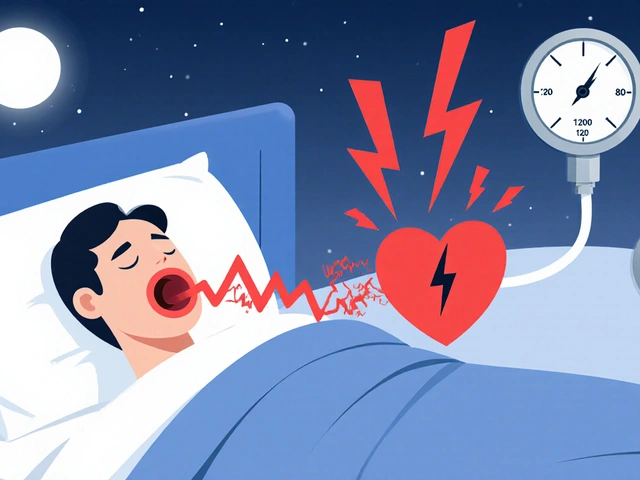Dosage and Safety Tips – How to Take Medicines Right
Ever grabbed a pill and wondered if you’re taking the right amount? You’re not alone. Getting dosage right is the first step to getting results without nasty side effects. Below are simple, no‑jargon pointers that work for prescription meds, over‑the‑counter drugs, and supplements.
Read the label – it’s your safety net
The label tells you how much to take, when, and with what (food or empty stomach). If anything looks fuzzy, ask a pharmacist. Don’t rely on memory; write the dose down or set an alarm. Even a tiny change—like taking a tablet twice instead of once—can tip the balance between benefit and harm.
Know your personal factors
Your age, weight, kidney function, and other meds all affect how a drug works. For example, older adults often need lower doses because their bodies clear drugs slower. If you’re on multiple prescriptions, check for interactions that could raise or lower levels of each drug. A quick chat with your doctor can prevent surprises.
When you start a new medication, note any side effects right away. Mild nausea might be normal, but severe dizziness or rash needs immediate attention. Keep a short diary – date, dose, and what you felt – it helps both you and your clinician decide if the dose should change.
If you miss a dose, don’t double up unless the label says so. Usually, just take the missed pill at the next scheduled time. Skipping doses on purpose can make the treatment less effective, especially for antibiotics or blood‑pressure meds.
Store medicines as directed – most need a cool, dry place away from sunlight. Some, like insulin, require refrigeration. Heat and humidity can break down active ingredients, turning a safe dose into an ineffective one.
When it comes to over‑the‑counter products, remember that “natural” doesn’t mean harmless. Herbal supplements can still interact with prescription drugs. Treat them the same way you treat any medication: read the dosage instructions and talk to your pharmacist if you’re unsure.
Finally, keep an updated list of everything you take – brand names, generic names, dosages, and how often. Share this list at every doctor visit. A clear picture helps providers spot potential problems before they become real issues.
Getting dosage right is a habit, not a one‑time thing. Use the label, consider your own health factors, track side effects, store meds properly, and keep open communication with your care team. Follow these steps and you’ll boost effectiveness while keeping safety front‑and‑center.

Scotch Thistle Supplements: Benefits, Safety, and Smart Use Guide (2025)
Curious about Scotch thistle supplements? Learn what they can and can’t do, safe use, doses, side effects, how they compare to milk thistle, and NZ-specific tips.
View More



